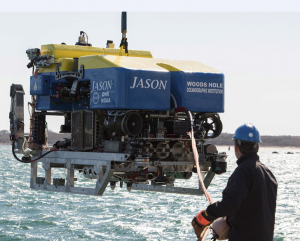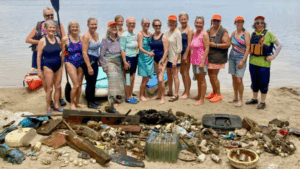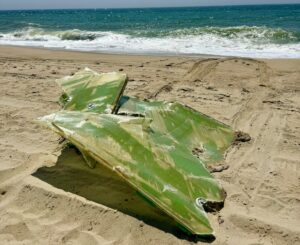 WOODS HOLE – A $2.4 million upgrade funded by the National Science Foundation has made the remotely operated vehicle (ROV) Jason more capable than ever.
WOODS HOLE – A $2.4 million upgrade funded by the National Science Foundation has made the remotely operated vehicle (ROV) Jason more capable than ever.
The 12-month-long project, conducted by engineers at Woods Hole Oceanographic Institution (WHOI), which designed and built the vehicle, has increased the vehicle payload and range of activities and streamlined the vehicle operation.
This is Jason’s first upgrade of this magnitude since its second-generation launch in 2002, the original Jason was launched in 1988.
The ROV is operated by WHOI for the nation’s ocean scientists as part of the National Deep Submergence Facility (NDSF).
Click here to watch time-lapse video of Jason’s construction
“This upgrade enabled us to increase the system’s lift capability from 400 pounds to 2-tons of scientific samples and instruments from the seafloor, and to eliminate its companion vehicle, Medea, for these operations,” said Matt Heintz, a WHOI senior engineer and Jason program manager.
Until the latest upgrade, Jason has been operated as a two-body system in concert with Medea, a smaller ROV that buffered Jason from the movement of the surface ship while providing lighting for its seafloor activities.
Now, Jason can be de-coupled from Medea and operated as a single-body system, streamlining its launch and recovery and making the vehicle more versatile.
A key reason behind the upgrade was to enable Jason to perform maintenance to seafloor infrastructure related to the NSF-funded Ocean Observatories Initiative and Ocean Networks Canada’s cabled observatories efficiently and with reduced need for deck space.
























Speak Your Mind